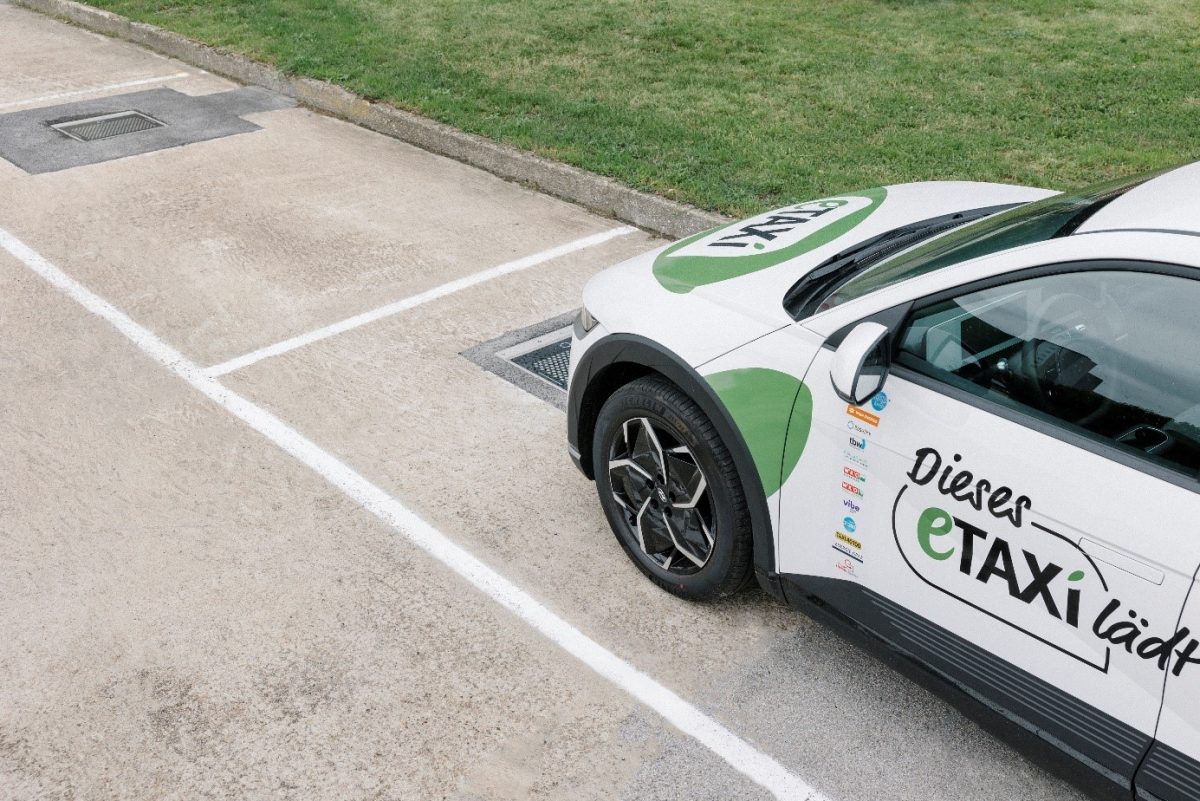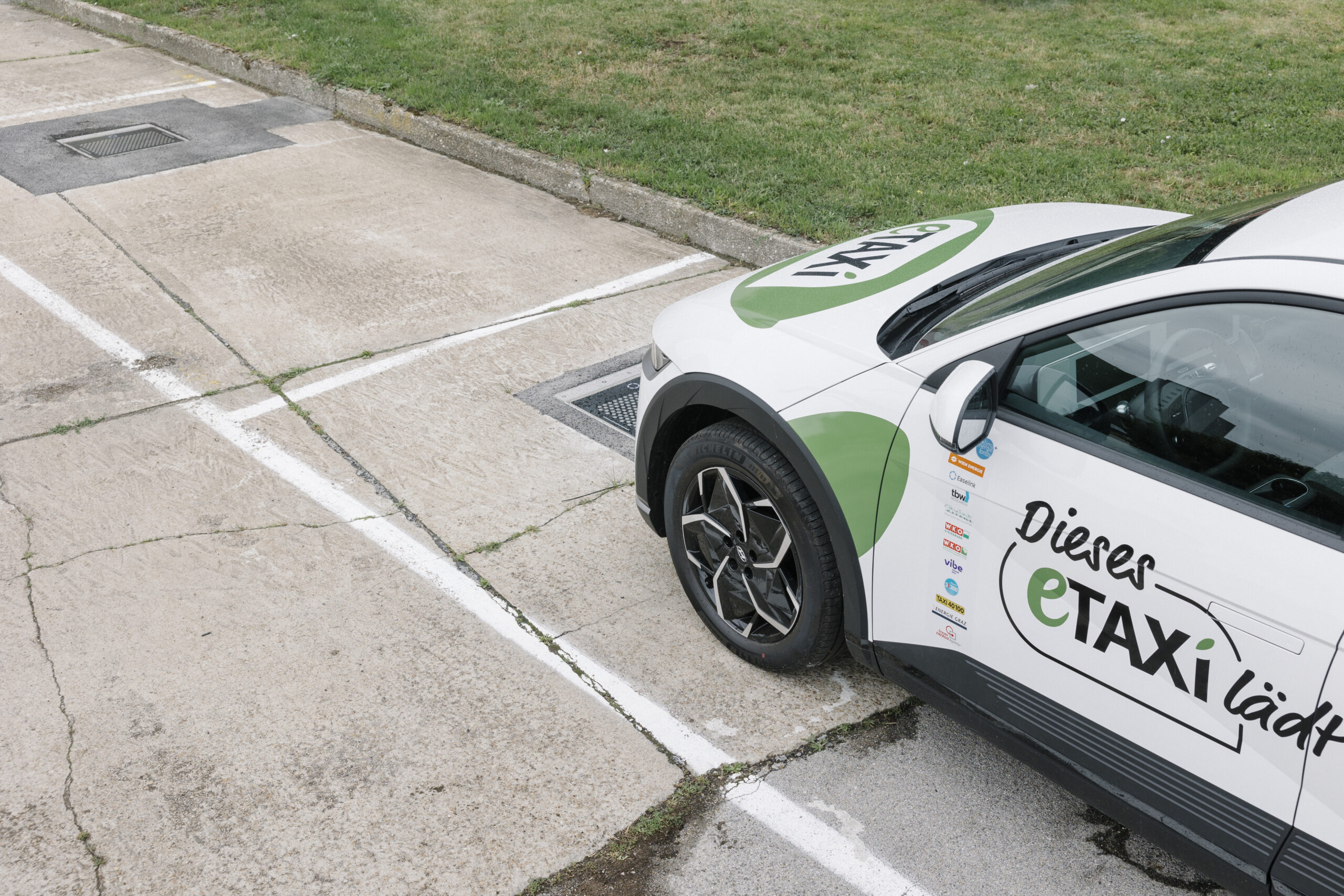The electrification of taxi fleets is coming – by 2025 at the latest, all newly registered taxis must be emission-free. As a first mover, the taxi industry is making a significant contribution to decarbonisation for all of us!
The number of e-vehicles is steadily increasing, so we are reducing direct emissions enormously. However, this also means that we have to catch up in terms of charging infrastructure. More and more often, charging cables and e-charging columns are a feature of the cityscape. They need space. But there is another way. The future of mobility is electric and saves resources and space!
Space-saving and barrier-free
The flush installation of Matrix Charging® charging plates directly into the parking space means that no additional space is required. Wireless charging also prevents passers-by from tripping over conventional charging cables, thus increasing safety in public spaces. Fast charging stations, on the other hand, require additional control cabinets, which in turn take up more space. This limits their use in densely built-up urban areas.
Find out here what conductive charging is and exactly how Matrix Charging® saves space.

eTaxi and Matrix Charging® Pad, ©Nicole Viktorik
More efficient operation
The eTaxi Austria project aims to demonstrate how a roll-out of automated charging options at the taxi rank with Matrix Charging® can work in a sector that is particularly predestined for electric mobility, but also very complex. The eTaxi shift operation in particular currently makes the conversion from conventionally to electrically powered vehicles more difficult. Several drivers often share one car. This means that there are no long breaks for charging and only rarely charging possibilities at the place of residence. In addition, eTaxis that are connected to the charging station are often considered “unavailable” by the customers. By efficiently using short standing times at the taxi stand for charging, extra trips to the fast charging station can be avoided and the eTaxis are always ready to drive.
This pilot project also provides important insights for other fleet operators such as car sharing or delivery services. The general goal is: vehicles in cities should drive emission-free and thus contribute to the quality of life.
E-grid resources sparingly
Matrix Charging ® enables fast and automatic connection and disconnection of eTaxis to the power grid. Due to the decentralised distribution of the charging infrastructure directly at stand locations, eTaxis are connected to the power grid for a longer time on average within their shift. By charging eTaxis at moderate power levels over a longer period of time, grid-friendly operation of larger electrified fleets can be made possible with the use of a charging management system.
Reduced emissions
Electrically powered taxis do not produce direct local air emissions. In addition, they also minimise noise emissions at the stand, as running motors for air conditioning and heating are a thing of the past. By means of an intelligent charging management system (see previous point), eTaxis can be deliberately charged during periods of renewable electricity supply (e.g. wind, photovoltaic) to further reduce their ecological footprint.
Implementation-oriented
A number of things are required for implementation to take place. In the eTaxi Austria project, we are testing automated charging infrastructure for eTaxis and thereby gathering insights from registration to stand selection to reduced noise and air emissions. This results in detailed “how to – instructions” for a roll out – not only in Vienna and Graz.
A new quality of life
Vienna and Graz are taking a pioneering role here with the eTaxi Austria project. The findings from this project can be applied in many other cities in the future. Mobility is changing, climate targets must be met. The practical use of eTaxis by means of Matrix Charging® is an important step in this direction.

